Picture this: You just spent fifty dollars on the most luxurious scratching post money can buy. Your cat gives it one dismissive sniff, then proceeds to demolish your favorite armchair. Sound familiar?
You’re not alone in this maddening mystery. Millions of cat owners worldwide scratch their heads (pun intended) wondering why their feline friends ignore perfectly good scratching posts in favor of destroying expensive furniture. The truth is more complex than you might think, involving everything from ancient feline instincts to modern behavioral psychology.
Here’s the reality: cats don’t scratch furniture to spite you. They have legitimate reasons that make perfect sense from their perspective. Understanding these motivations is the first step toward solving this costly problem once and for all.
Your Scratching Post Is the Wrong Height

Most commercial scratching posts fall short of what cats actually need. Scratching isn’t just about conditioning the nails, it’s also about being able to unkink those muscles and get a full body stretch. This allows them to fully stretch and give a good scratch. Think of it like human yoga stretches after sitting all day.
Most cats prefer a scratching post that is at least 32″ tall, will not wobble when scratched, and made of a type of rope called sisal. Your typical pet store post barely reaches twenty inches. When cats can’t fully extend their bodies during scratching, they instinctively seek taller alternatives like your couch arms or door frames.
The height issue becomes even more critical as cats age. Kittens might tolerate shorter posts, but adult cats need something that accommodates their full-grown frame. Posts that are taller than your cat’s length are the best scratching posts for cats. This will let your cat climb as she scratches and bites, giving her a full workout.
The Material Makes All the Difference
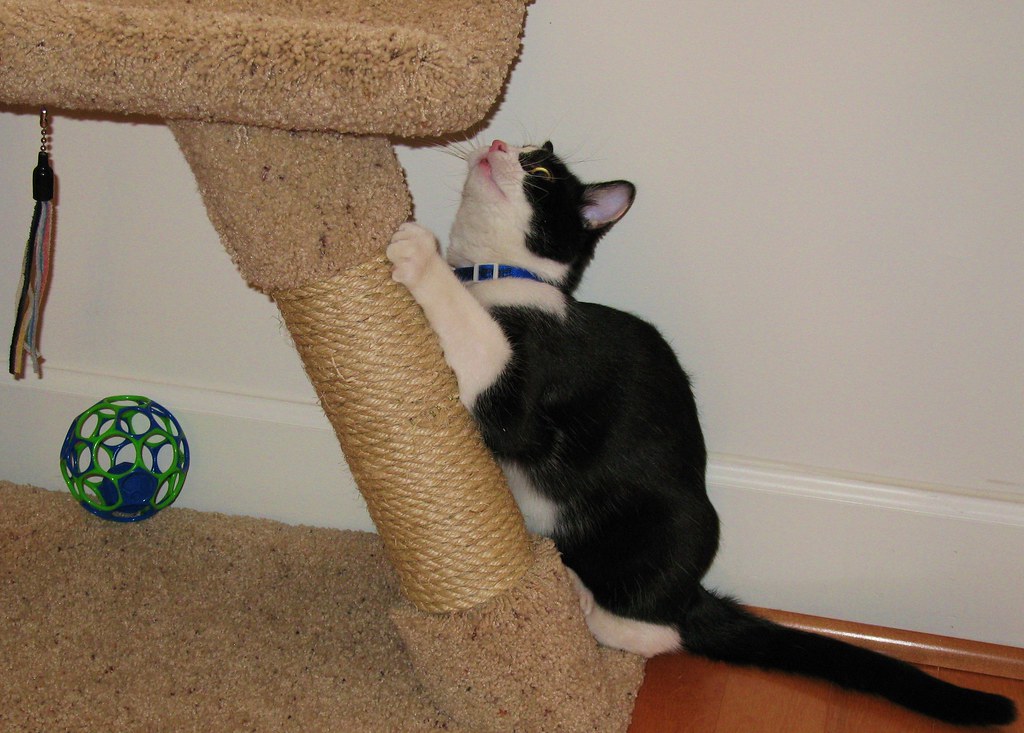
Many of the cheap posts you find in your local pet supply store are covered in carpet. Pretty to look at, soft to touch, but totally ineffective when it comes to scratching. Cats have specific texture preferences that mirror their wild instincts. They crave materials that feel similar to tree bark.
Cats like to scratch material that is similar to tree bark. It should be rough but easy for claws to sink into and scratch through. Bonus points if it makes a nice, fun noise. Sisal rope is generally preferred by cats because it provides better claw engagement and satisfying resistance, though some cats may prefer fabric.
The downside is that it can trap a large amount of dirt and fur and might not be rough enough to maintain the cat’s claws. It might also confuse your cat into thinking that all carpet is good for scratching. This explains why cats often abandon carpeted posts for your actual carpet or upholstery.
Location Is Everything

Here’s where most cat owners get it completely wrong. This might be one of the biggest mistakes people make when it comes to cat scratching problems. If you put your scratching posts in out-of-the-way spots, your cat might not use them. Many people hide scratching posts in basements or spare rooms, thinking they’re being considerate.
Cats use scratching posts to show others their territory, so they want them to be front-and-center. Place posts in high-traffic areas of your home. Your living room might not seem like the ideal spot for a scratching post, but that’s exactly where your cat wants it.
Strategic placement also means putting posts near areas where your cat already scratches inappropriately. The post should be placed where the cat likes to scratch. If you’re retraining a cat who is currently scratching a piece of furniture then the post should be placed right next to that object. Make it as convenient as possible for your cat to recognize the better option you’ve provided for him.
Your Post Is Too Wobbly
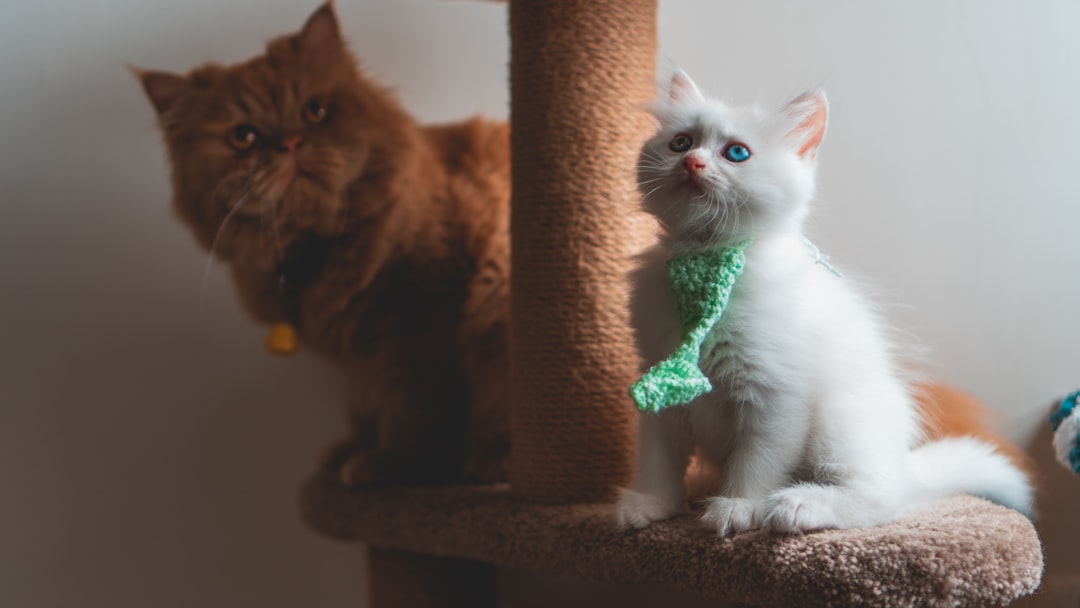
Stability matters more than you might realize. You can get a scratching post that’s covered in the best material but if it’s wobbly or unstable, your cat will head right back to that trusty old sofa for his scratching needs. He has to be able to lean his full weight against the post without having it topple over. Furniture naturally provides this stability.
Cats need confidence in their scratching surface. A wobbling post creates anxiety rather than the satisfying experience they’re seeking. Your solid wooden furniture legs offer exactly the firm resistance cats crave for effective scratching sessions.
A post that is unstable or does not allow a cat to fully extend its body might put off the cat from using it. This double whammy of instability and inadequate height explains why so many scratching posts gather dust while sofas suffer damage.
It’s Actually About Territory Marking
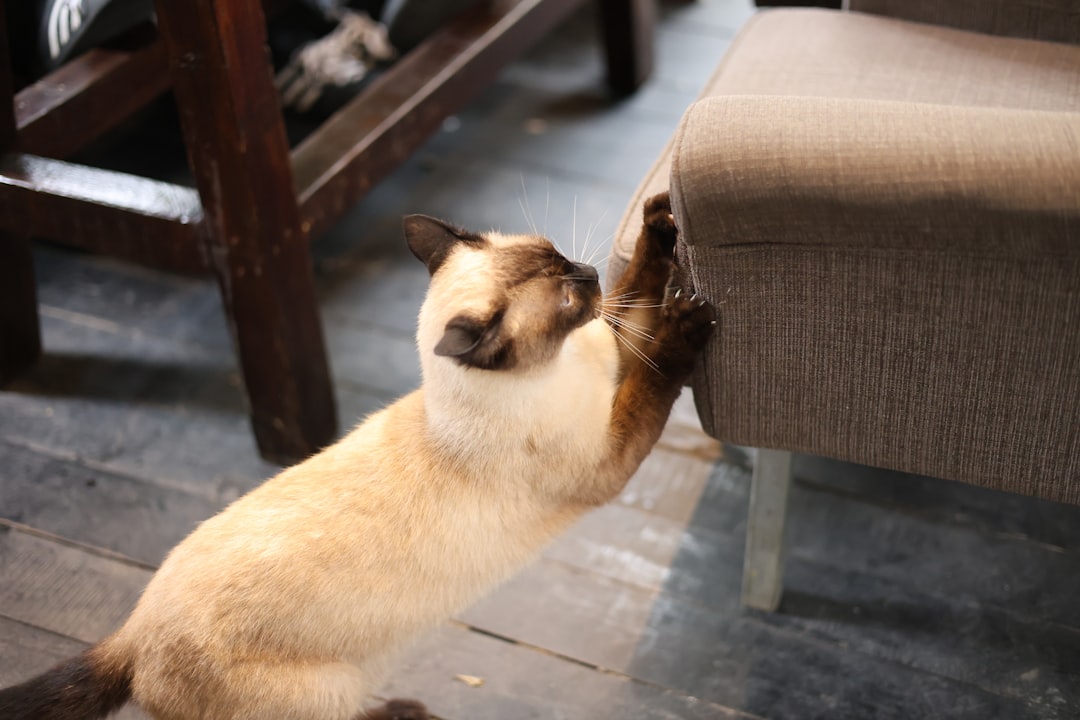
Although scratching does serve to shorten and condition the claws, perhaps the most important reason cats scratch is to mark their territory (both visibly and with the scent of the foot pads). This primal behavior runs deeper than simple nail maintenance. Every scratch sends a message to other cats (real or imagined) about ownership.
One of the primary reasons your cat is scratching the furniture is to mark its territory. Cats have scent glands in their paws that release pheromones when they scratch. Your furniture carries your scent, making it prime real estate for claiming in the feline world.
A means of communication between cats, leaving both scent and visible markers to demonstrate that this is their territory. Even indoor-only cats maintain these ancient instincts, treating your home as their domain that requires regular territorial updates.
Your Cat Is Stressed or Anxious
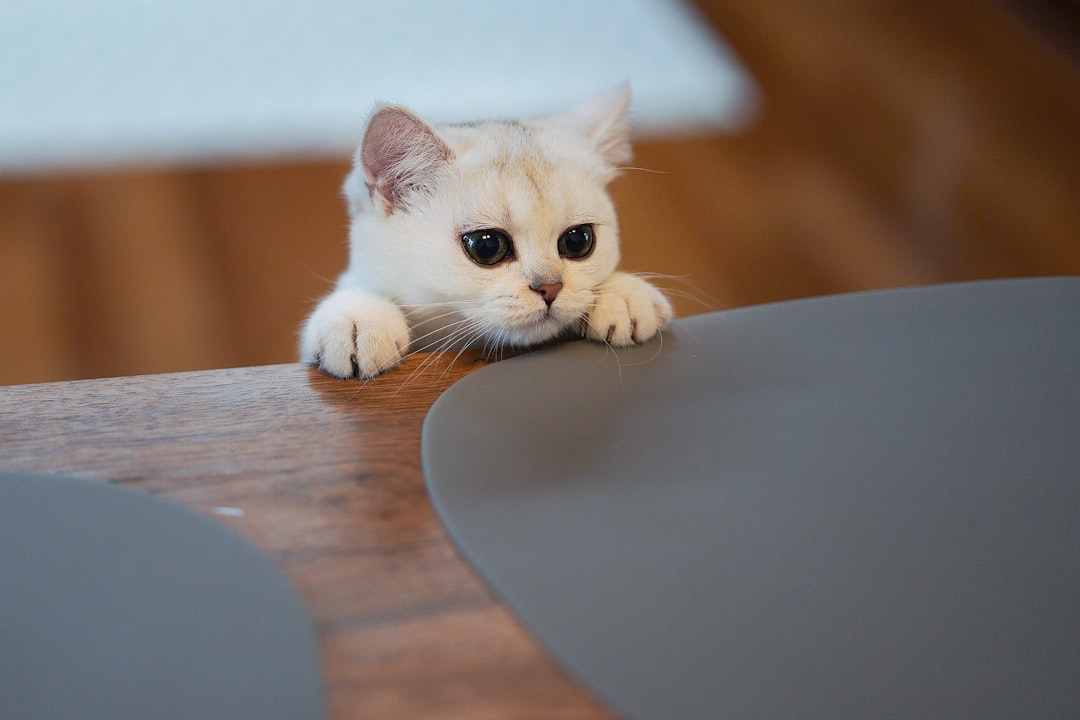
When cats become insecure and stressed about some situation, they will often begin scratching household items in an attempt to claim territory and security. Stress scratching differs from normal scratching in both intensity and location choices. Anxious cats often target new areas or increase scratching frequency dramatically.
Sometimes, the scratching problem is related to a change in the household such as the introduction of a new cat, moving or a change in the family’s schedule. Other signs of anxiety such as a change in appetite, a change in social behavior (e.g., more aggressive or more withdrawn), or the onset of urine marking may also occur.
Common stress triggers include new pets, visitors, schedule changes, or even outdoor cats visible through windows. Cats that have a sudden increase in the amount of scratching they’re doing, especially on vertical surfaces such as furniture arms and walls, may be responding to stress. The scratching provides emotional relief and helps cats regain control over their environment.
You Don’t Have Enough Scratching Options

If you have more than one cat or a large home, you will need multiple scratching posts. If you don’t have enough, it can actually increase the feline stress in your home because the kitties will feel like they are competing for resources. That can cause increased inappropriate scratching. One post simply isn’t enough for most households.
Different cats prefer different scratching orientations. Some cats also have individual preferences for horizontal over vertical scratching behaviors, and other cats may enjoy both. Without variety, cats will find their preferred scratching surfaces elsewhere in your home.
The general rule suggests having multiple posts throughout your home, not just one in a corner. I have one cat and we have three scratching posts located throughout the house (not to mention a couple of cat trees). This way, my cat can scratch near where she prefers to nap, near her favorite playtime area and also in the living room where she used to prefer scratching on my sofa.
Your Cat Wants Your Attention
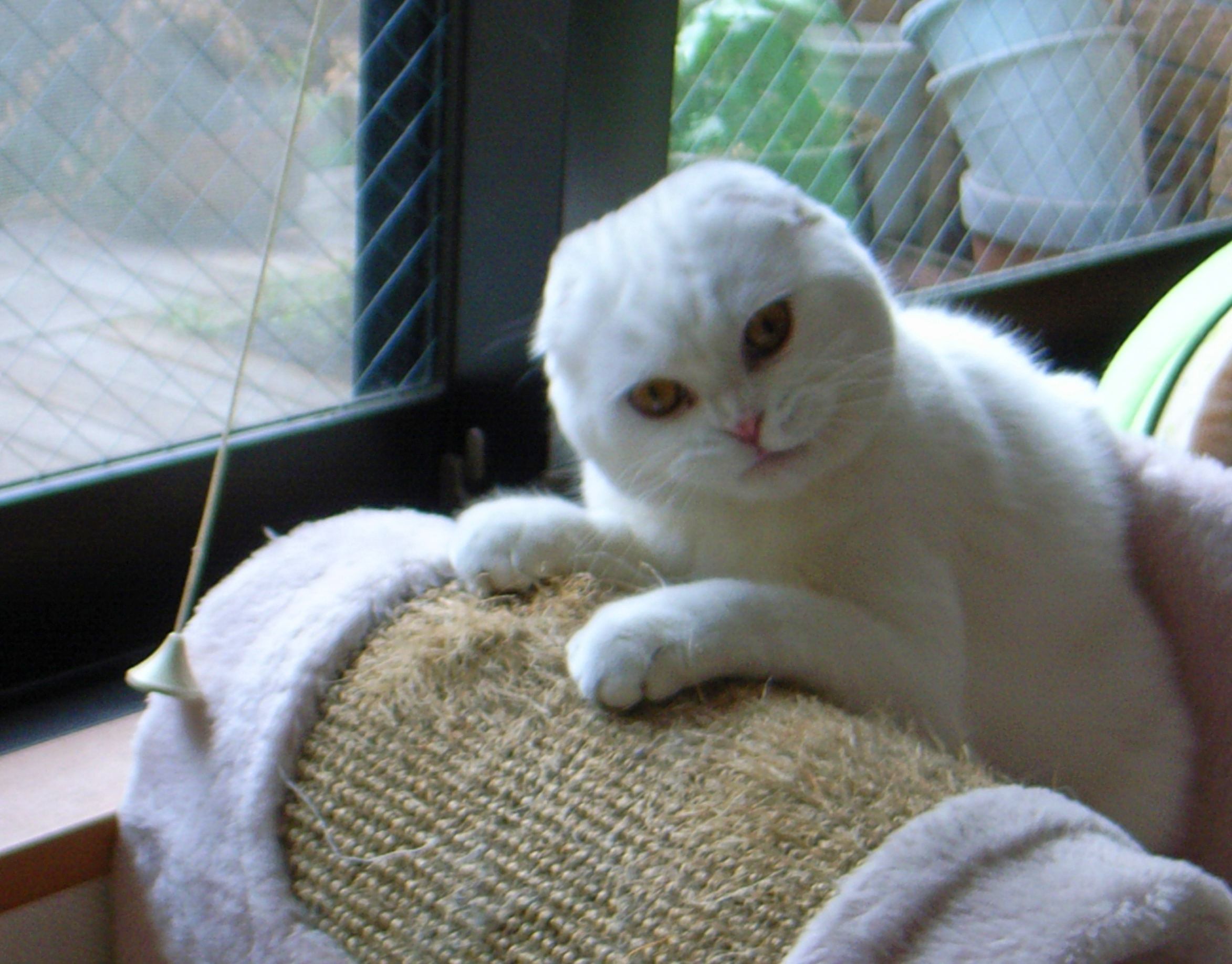
Some cats learn that scratching certain objects (for example, your sofa and other items of furniture) means they get more attention. This is why it’s important to praise your cat when they scratch a post and ignore them when they scratch inappropriate objects. Negative attention still counts as attention in the feline mind.
Because scratching unwanted objects can turn into an attention-seeking behavior if it gets you to stop what you’re doing and engage with your cat. Talking to them, holding them, even punishment can be seen as attention to a cat who needs engagement. This creates a reinforcement cycle where furniture scratching becomes a reliable way to get human interaction.
Smart cats quickly learn which behaviors trigger the biggest reactions from their owners. If ignoring the expensive scratching post gets no response, but one swipe at the leather couch brings you running, guess which behavior gets repeated? Breaking this cycle requires consistent positive reinforcement for appropriate scratching and complete ignoring of inappropriate scratching.
Timing and Routine Matter
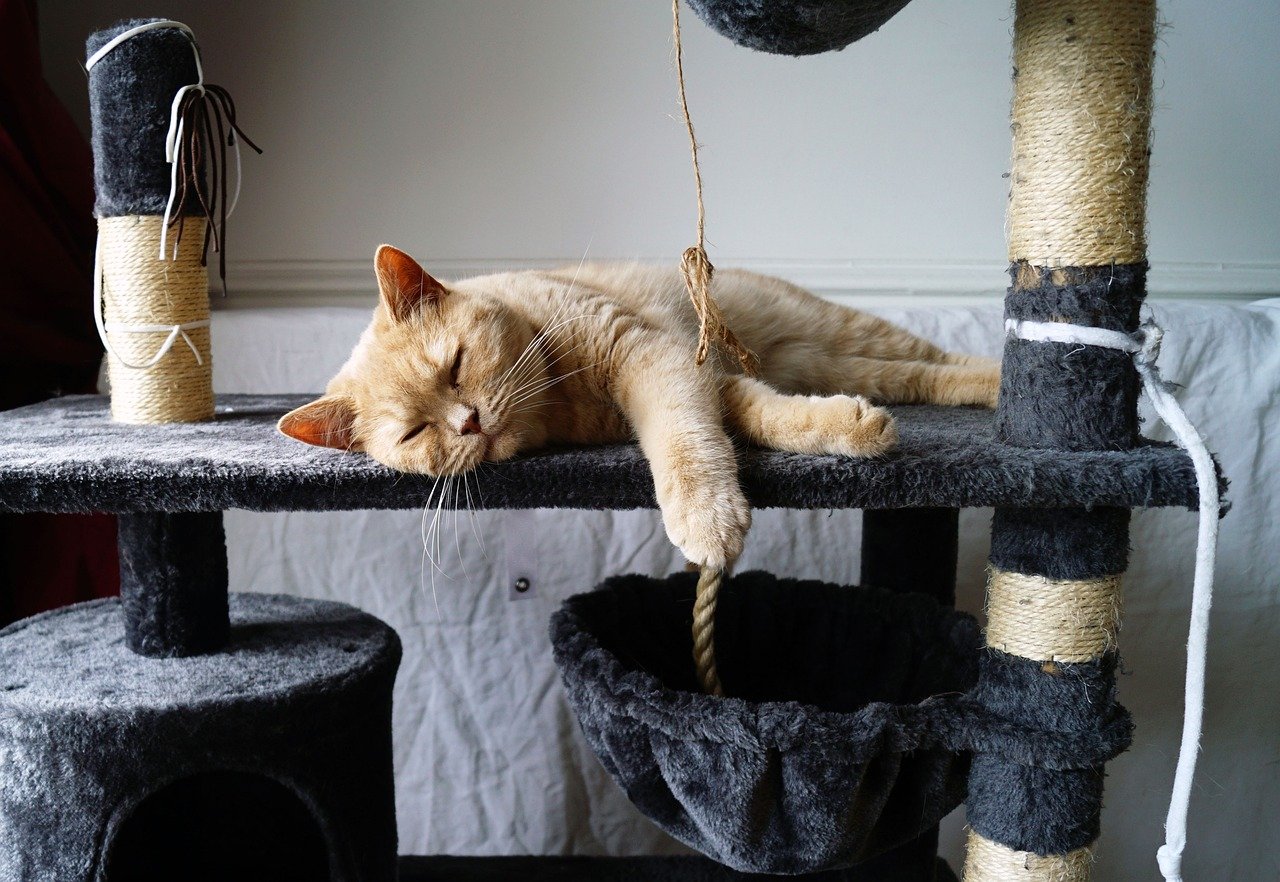
Cats often stretch or scratch when they wake up, so place one near your cat’s sleeping area. Understanding when your cat naturally wants to scratch helps with both post placement and training success. Many cats have predictable scratching schedules tied to sleep cycles, meals, or play sessions.
Some cats like to scratch after a nap or after a meal. Others scratch when in a tense situation or as a way to displace anxiety. Locate the post where you think your cat would appreciate it most. Observing your cat’s patterns reveals the best locations and times for encouraging proper scratching behavior.
Morning scratchers need posts near sleeping areas, while evening scratchers benefit from posts near active areas. Social scratchers want posts in family gathering spaces, while private scratchers prefer quieter locations. Cats are social creatures, so they prefer for their resources, such as food, water, litter boxes, and enrichment items like toys and scratching posts, to be placed somewhat close to other household members. Don’t hide a scratching post in a secluded area of your house if you want your cat to use it.
It’s Simply More Satisfying Than Your Post
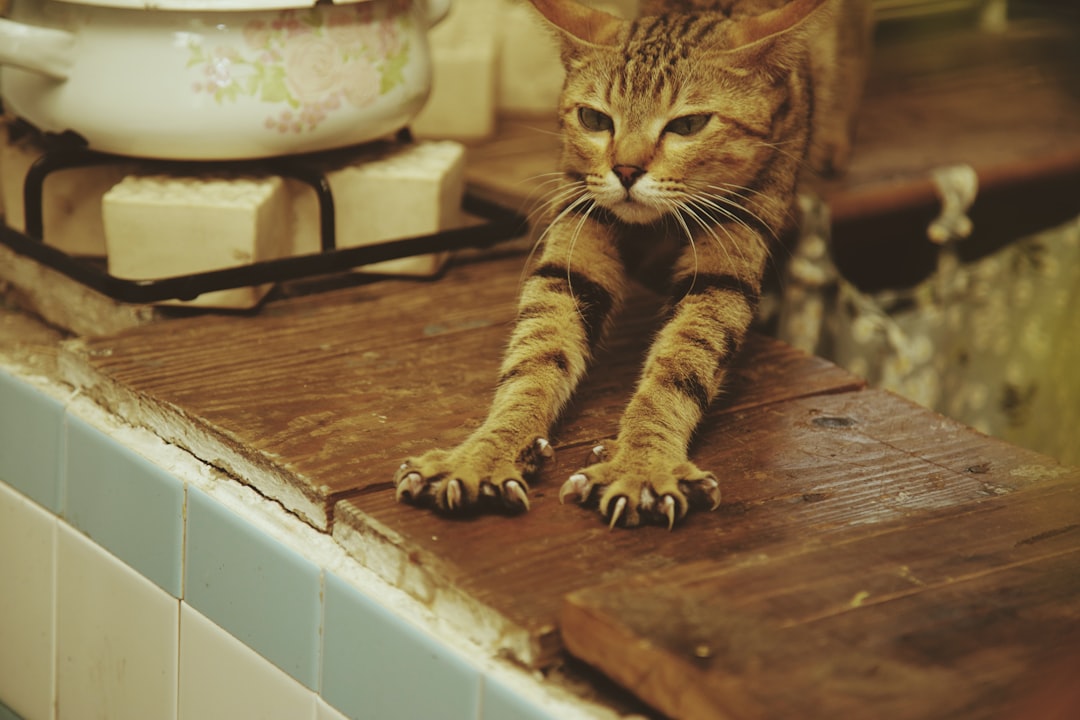
The only reason your cat may decide to scratch on the furniture instead of the post is because the furniture meets his needs. If the post you provided looks pretty but isn’t effective from a cat’s point of view then it’ll just sit in the corner and gather dust. From a purely practical standpoint, your furniture often provides a superior scratching experience.
Cats prefer shredded and torn objects because they can really get their claws into the material. Used posts will also appeal to your cat because they smell and look familiar to her. Furniture fabric allows deep claw penetration and satisfying resistance that many commercial posts can’t match.
The perfect scratching surface provides just the right amount of give and resistance. Your couch fabric tears satisfyingly under claws, while cheap carpet-covered posts feel mushy and unrewarding. It gives them the perfect amount of resistance when they scratch, so they can easily get their claws in deep and shred. This shredding action not only makes them happy, but it also leaves a mark that other cats can see.
Conclusion
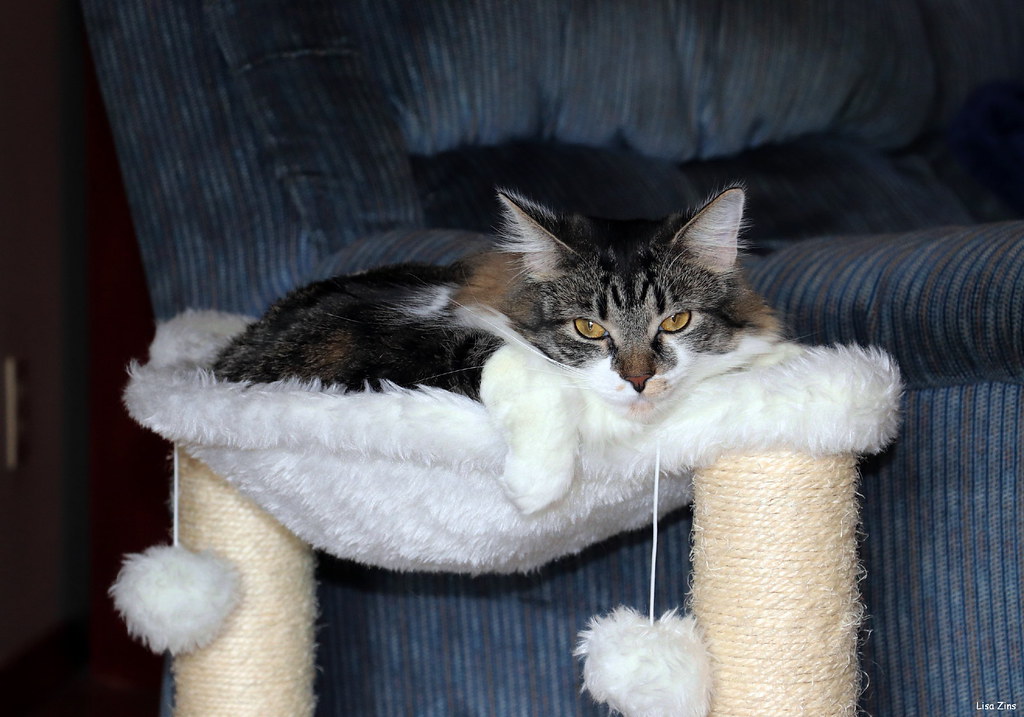
The mystery of furniture-scratching cats isn’t really a mystery at all. Your cat isn’t being difficult or destructive on purpose. They’re simply following ancient instincts while trying to meet very specific physical and emotional needs that your current scratching post probably doesn’t address.
Success requires matching your scratching solutions to your cat’s actual preferences and motivations. This means investing in tall, stable posts covered in rough materials like sisal fabric, placing them in prominent locations where your cat already wants to scratch, and providing enough variety to satisfy different scratching moods and needs.
Most importantly, remember that scratching is not a problem to eliminate but a natural behavior to redirect. With the right approach, you can save your furniture while keeping your cat happy and psychologically healthy.
What’s your experience been with scratching posts versus furniture? Have you discovered any surprising solutions that worked for your particular cat?





